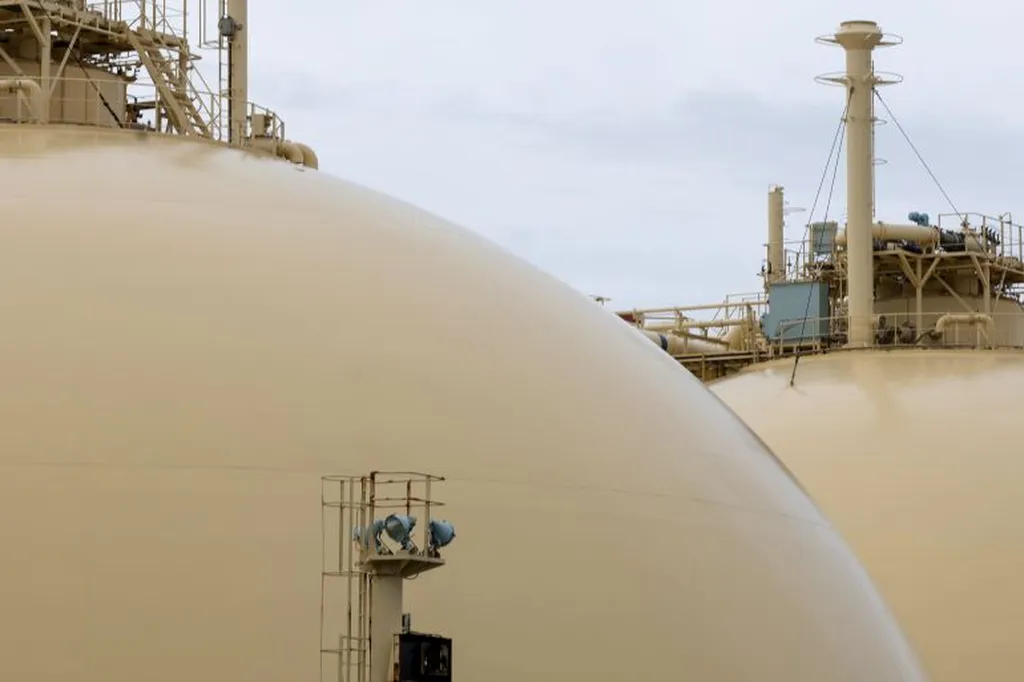The United States’ tariffs and trade negotiations are sending shockwaves through global energy markets, and Canada is responding by considering an acceleration of LNG projects to diversify export markets and bolster global energy security. However, this strategy is not without significant risks and challenges.
LNG is a notoriously volatile commodity, subject to price fluctuations, supply shocks, and trade disruptions. Importing markets, particularly in Europe and Asia, are already pivoting away from LNG in favor of more reliable and affordable alternatives, such as domestic renewables. This shift in demand could threaten the profitability of Canada’s high-cost, long-lived, and often publicly supported new LNG projects, leaving taxpayers and communities exposed as global markets evolve.
The economic risks of LNG exports are substantial. LNG infrastructure is capital-intensive, prone to cost overruns, and relies heavily on public subsidies. Construction timelines are lengthy, often spanning several years. For instance, LNG Canada Phase 1, which began construction in 2019, is only now set to begin operations, following several delays and significant cost overruns. As a new entrant, Canadian LNG faces stiff competition from cheaper producers like the United States and Qatar, which are rapidly expanding their production capacities. Additionally, the U.S. is leveraging tariffs to pressure importers into buying more American LNG, further exacerbating Canada’s competitiveness challenge.
LNG market volatility is another critical concern. Short-term price spikes may benefit exporters, but they also expose domestic markets to international supply risks. Long-term oversupply, driven by increased production and the global energy transition, could lead to declining profits and viability risks for multi-billion-dollar infrastructure investments. Moreover, LNG markets can amplify the economic impacts of supply disruptions, leading to dramatic swings in benchmark prices and higher domestic gas costs.
The downward trend in global LNG demand is evident in key market geographies. Europe is prioritizing renewable energy and energy efficiency to reduce its dependence on imported LNG. Similarly, East Asian countries like China, Japan, and South Korea are adopting measures to reduce LNG demand in favor of renewables. This shift in demand dynamics could have profound implications for Canada’s LNG export strategy.
As the global energy transition accelerates, the long-term viability of LNG projects becomes increasingly uncertain. While low prices may benefit importing countries with existing infrastructure in the short term, they are unlikely to incentivize the necessary investments in emerging markets to sustain high LNG demand over the medium to long term. Therefore, basing investment decisions on today’s high prices risks stranding costly LNG infrastructure in both Europe and Canada.
The potential implications for the energy sector are significant. The shift away from LNG could accelerate the adoption of renewable energy sources, leading to a more decentralized and resilient energy system. However, it could also create economic and social challenges for regions heavily invested in LNG infrastructure. Policymakers and industry leaders must carefully consider these risks and opportunities as they navigate the complex and evolving global energy landscape.
The current situation underscores the need for a more nuanced and forward-looking approach to energy policy. Rather than relying on volatile and high-risk commodities like LNG, Canada should focus on diversifying its energy mix, investing in renewable energy, and fostering energy efficiency. By doing so, Canada can position itself as a leader in the global energy transition, ensuring long-term economic prosperity and energy security.

